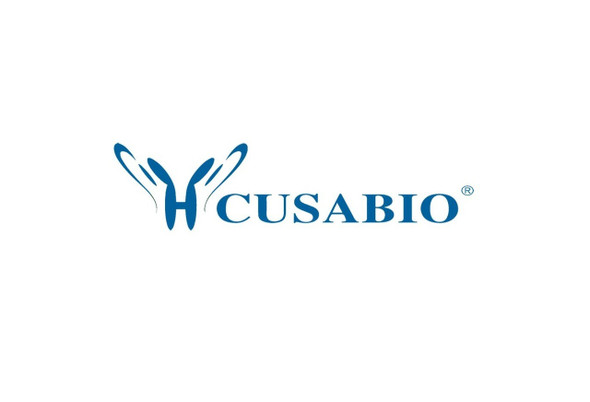Cusabio Mouse Recombinants
Recombinant Mouse Long-chain-fatty-acid--CoA ligase 4 (Acsl4), partial | CSB-EP879427MO
- SKU:
- CSB-EP879427MO
- Availability:
- 3 - 7 Working Days
Description
Recombinant Mouse Long-chain-fatty-acid--CoA ligase 4 (Acsl4), partial | CSB-EP879427MO | Cusabio
Alternative Name(s): Arachidonate--CoA ligase Long-chain acyl-CoA synthetase 4
Gene Names: Acsl4
Research Areas: Signal Transduction
Organism: Mus musculus (Mouse)
AA Sequence: EILSEENEMQPNGKVFKKLILGNYKWINYLEVNCRVNNFGSGLTALGLKPKNTIAIFCETRAEWMIAAQTCFKYNFPLVTLYATLGREAVVHGLNESEASYLITSVELLESKLKAALVDINCVKHIIYVDNKTINRAEYPEGLEIHSMQSVEELGAKPENLSVPPSRPTPSDMAIVMYTSGSTGRPKGVMMHHSNLIAGMTGQCERIPGLGPKDTYIGYLPLAHVLELTAEISCFTYGCRIGYSSPLTLSDQSSKIKKGSKGDCTVLKPTLMAAVPEIMDRIYKNVMSKVQEMNYVQKTLFKIGYDYKLEQIKKGYDAPLCNLILFKKVKALLGGNVRMMLSGGAPLSPQTHRFMNVCFCCPIGQGYGLTESCGAGTVTEVTDYTTGRVGAPLICCEIKLKDWQEGGYTVHDKPNPRGEIVIGGQNISMGYFKNEEKTAEDYCVDENGQRWFCTGDIGEFHPDGCLQIIDRKKDLVKLQAGE
Source: E.coli
Tag Info: N-terminal 6xHis-tagged
Expression Region: 100-581aa
Sequence Info: Partial
MW: 59.3 kDa
Purity: Greater than 85% as determined by SDS-PAGE.
Relevance: Catalyzes the conversion of long-chain fatty acids to their active form acyl-CoA for both synthesis of cellular lipids, and degradation via beta-oxidation. Preferentially activates arachidonate and eicosapentaenoate as substrates. Preferentially activates 8,9-EET > 14,15-EET > 5,6-EET > 11,12-EET. Modulates glucose-stimulated insulin secretion by regulating the levels of unesterified EETs (By similarity). Modulates prostaglandin E2 secretion (By similarity).
Reference: "Expression of fatty acid-CoA ligase 4 during development and in brain." Cao Y., Murphy K.J., McIntyre T.M., Zimmerman G.A., Prescott S.M. FEBS Lett. 467:263-267(2000)
Storage: The shelf life is related to many factors, storage state, buffer ingredients, storage temperature and the stability of the protein itself. Generally, the shelf life of liquid form is 6 months at -20?/-80?. The shelf life of lyophilized form is 12 months at -20?/-80?.
Notes: Repeated freezing and thawing is not recommended. Store working aliquots at 4? for up to one week.
Function:
Involvement in disease:
Subcellular Location:
Protein Families:
Tissue Specificity:
Paythway:
Form: Liquid or Lyophilized powder
Buffer: If the delivery form is liquid, the default storage buffer is Tris/PBS-based buffer, 5%-50% glycerol. If the delivery form is lyophilized powder, the buffer before lyophilization is Tris/PBS-based buffer, 6% Trehalose, pH 8.0.
Reconstitution: We recommend that this vial be briefly centrifuged prior to opening to bring the contents to the bottom. Please reconstitute protein in deionized sterile water to a concentration of 0.1-1.0 mg/mL.We recommend to add 5-50% of glycerol (final concentration) and aliquot for long-term storage at -20?/-80?. Our default final concentration of glycerol is 50%. Customers could use it as reference.
Uniprot ID: Q9QUJ7
HGNC Database Link: N/A
UniGene Database Link: N/A
KEGG Database Link: N/A
STRING Database Link: N/A
OMIM Database Link: N/A










